Black History in the Niagara Region
The Niagara region has some of Canada’s most poignant stories of freedom and courage. Discover an extensive collection of displays and monuments honouring Black Canadian history.
Black History through time in Niagara
Niagara was a key location in the legendary Underground Railroad that led an estimated 40,000 enslaved people to freedom throughout the 19th century. When visiting Niagara, stand in the spot where Harriet Tubman crossed into Canada in 1856, witness the landing points where freedom seekers arrived in Canada and see the printing press that printed Upper Canada’s 1793 Act Against Slavery.
Begin your journey at Niagara’s Freedom trail and explore monuments dedicated to Canadian Black history along the way.
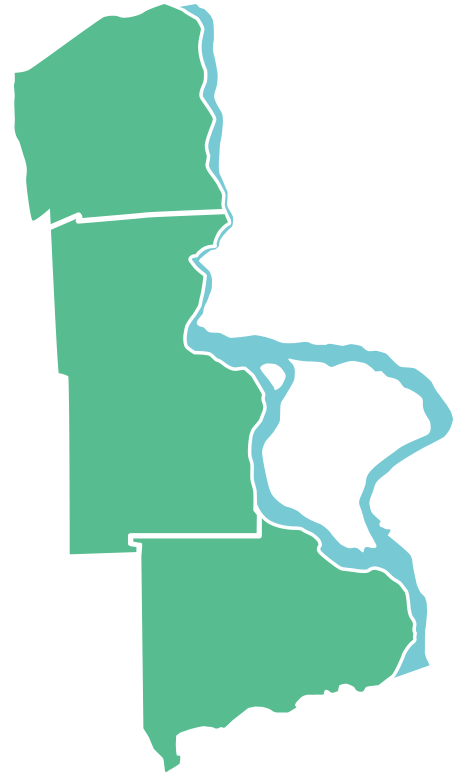
Learn about the rich Black history in Niagara during the 1800s that made strides to ending slavery in Canada. Visit the site where the Niagara Movement began, the location where the National Association for the Advancement of Colored People (NAACP) held meetings and Little Africa, where freedom seekers settled in Canada. Finish learning about Canadian Black history in the 1800s at Niagara-on-the-Lake’s Steward House, part of Niagara’s “coloured village.” In 1837, homeowner William Steward was one of 17 local blacks who signed a petition asking Lieutenant Governor Sir Francis Bond Head to refuse to extradite Kentucky fugitive Solomon Moseby.
Explore the River
Learn about the rich Black history in Niagara that made strides to ending slavery in Canada.
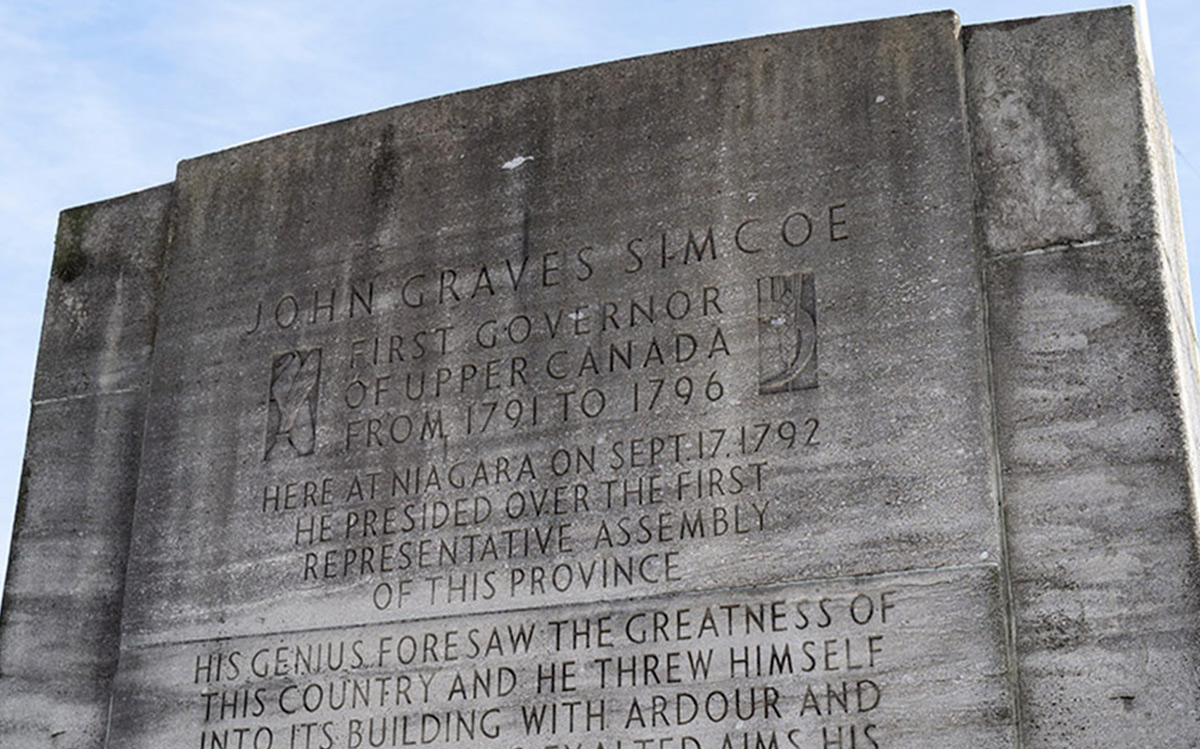
1700s
Simcoe Memorial
Visit the historic collection of buildings around Navy Hall that once served as the first seat of government for the Executive Council of Upper Canada. It was here where John Graves Simcoe took the first legislative steps in the Act Against Slavery of 1793.
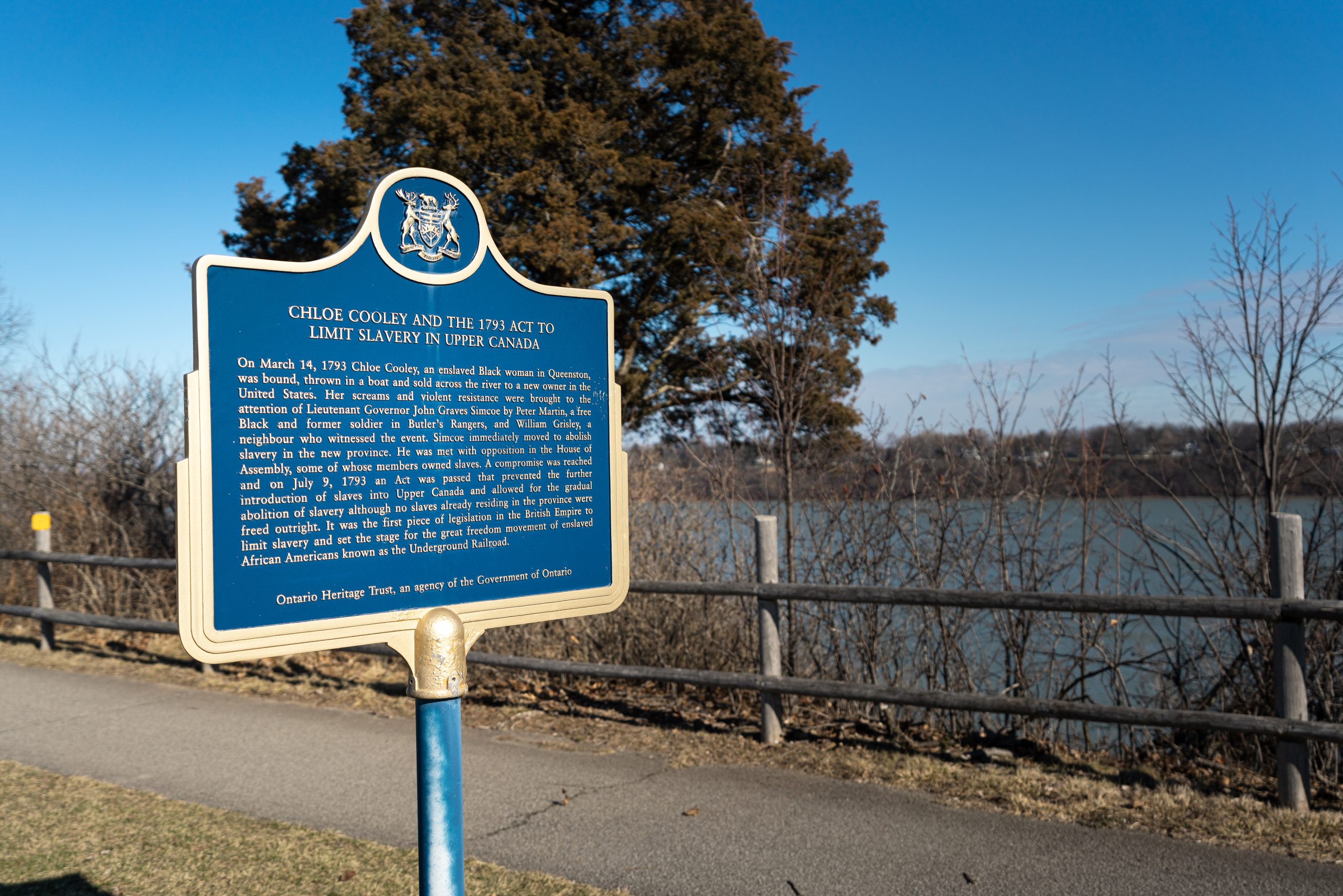
Learn More about Black History Stamp Honouree Chloe Cooley
In celebration of Black History Month, a new stamp unveiled by Canada Post features an illustration of Chloe Cooley, a young, Black enslaved woman who lived in Queenston in the late 18th century and her act of resistance that led to the gradual abolition of enslavement in Upper Canada and establishment of the legendary Underground Railroad.
On March 14, 1783, Cooley was violently bound and dragged to the shores of the Niagara River by Sergeant Adam Vrooman with the assistance of two other men. Cooley fought back hard, screaming and yelling for help as she struggled to get free. Her screams and violent resistance were brought to the attention of Lieutenant Governor John Graves Simcoe by Peter Martin, a free Black and former soldier in Butler’s Rangers and William Grisley, a neighbour who witnessed the event.
An avowed abolitionist, Simcoe immediately moved to abolish slavery in the new province of Upper Canada; however, he was met with opposition in the House of Assembly. Finally, a compromise was reached, and on July 9, 1793, an Act printed at the Louis Roy Press was passed that prevented the further introduction of enslaved people into Upper Canada and allowed for the gradual abolition of slavery. It was the first piece of legislation in the British Empire to limit slavery and set the stage for the great freedom movement of enslaved people, known as the Underground Railroad.
Discover a plaque dedicated to Chloe Cooley along the Niagara Parkway near Queenston, as well as a display at Niagara Parks’ Laura Secord Homestead with a copy of the original Act Against Slavery, the legislation that Cooley inspired. Continue along the Niagara Parkway and learn from the numerous other monuments and markers across Fort Erie to Niagara-on-the-Lake honouring Black Canadian History.
Location: Look for a plaque on the water side of the Niagara Parkway, just south of the crossing of Line 6 road and the Niagara Parkway.
Niagara’s Freedom Trail
Walk Niagara’s Freedom Trail which honours the thousands of enslaved people that found freedom in Canada. Between 1796 and 1949, the Underground Railroad aided an estimated 40,000 fugitive slaves in their escape to the more tolerant northern American states, or ultimately to the freedom of Canada. Fort Erie, Ontario became a popular crossing for freedom seekers because of its proximity to Buffalo, New York. Ferry operators aided fugitive slaves and used a secret system of codes and symbols to distinguish bona fide passengers from potential spies.
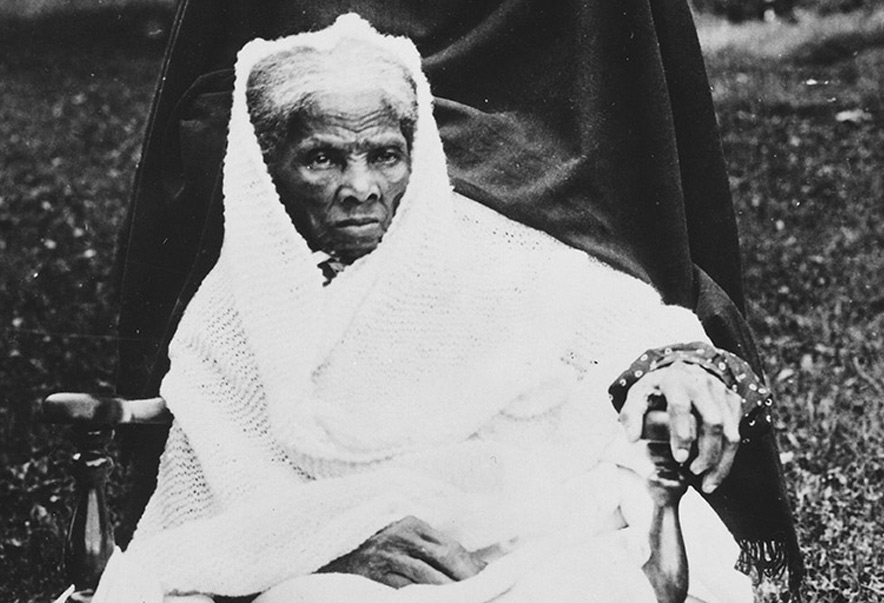
1800s
Harriet Tubman Tribute
Born on a Maryland plantation around 1822, Harriet Tubman escaped slavery in 1849 to become a leading abolitionist and the most famous conductor of the Underground Railroad. Known as “the Moses of her People,” she guided thousands of enslaved people to freedom. When the US Fugitive Slave Act of 1850 permitted slaveowners to capture and return fugitive slaves, Tubman extended her route to Canada, where slavery had been abolished in 1834, and established her base of operations in nearby St. Catharines.
Little Africa
Little Africa was a popular settlement for freedom seekers arriving in Canada during the 1840s. Many of the inhabitants were employed cutting wood for fuel used by the nearby railways that ran through the settlement and steamboats that plied the Niagara River. The population of Little Africa grew to approximately 200 and declined in 1880 because of decreasing demand for wood in the area. A nearby graveyard remains as a legacy to this once thriving community of industrious Black Canadians.
William and Susannah Steward House
The Steward home was a significant part of Niagara’s community of former Canadian slaves, Black Loyalists and fugitive slaves that settled in the region in the 19th century. In 1837, homeowner William Steward was one of 17 people who signed a petition asking Lieutenant Governor Sir Francis Bond Head to refuse to extradite Kentucky fugitive Solomon Moseby. Moseby was rescued from the Niagara jail by more than 200 community members. The home now serves as a compelling memorial to the hardworking people that contributed to the building of Niagara-on-the-Lake and to protecting former slaves who settled in the area.
The Niagara Movement
This is the site of the former Erie Beach Hotel which hosted the inaugural meetings of the National Association for the Advancement of Colored People (NAACP), originally called the Niagara Movement. In July 1905, W.E.B. Du Bois and 28 men from fourteen states met at the hotel to write the group’s founding principles. The organization aimed to further African Americans’ fight for civil rights by building upon the progress gained since the American Emancipation Proclamation of 1863.
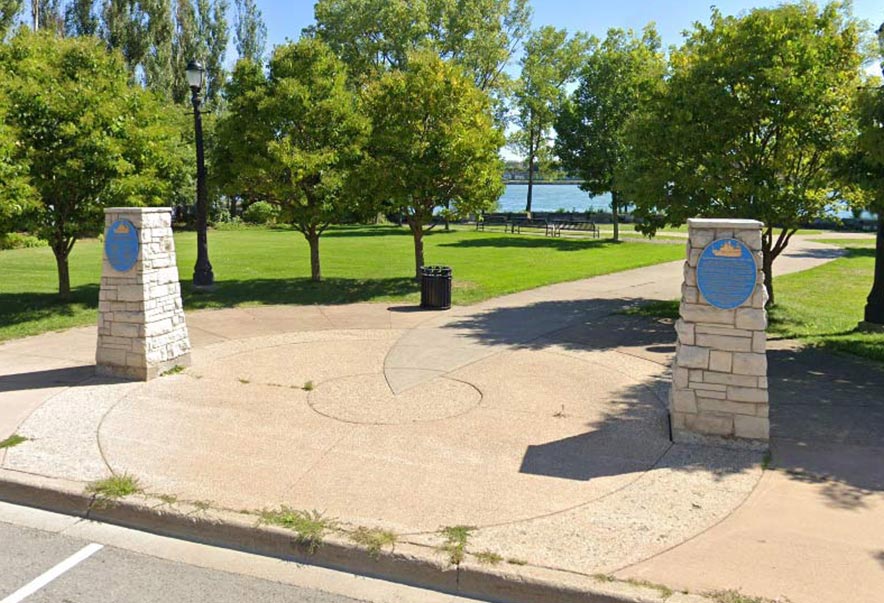
1900s
Bertie Street Ferry Landing & Freedom Park
The Bertie Street Ferry landing was the longest operating ferry dock used by freedom seekers and the site were thousands of fugitive slaves first set foot in Canada. It was an activity hub that served not only as a crossing point between Canada and the United States, but also as a customs, immigration, vehicle registration and a railroad station. The last ferry transporting people and vehicles to Fort Erie arrived at the Bertie Street Ferry Landing on September 2, 1950. Freedom Park was established at the site to honour the thousands of enslaved people that found sanctuary and experienced freedom for the first time in Canada.
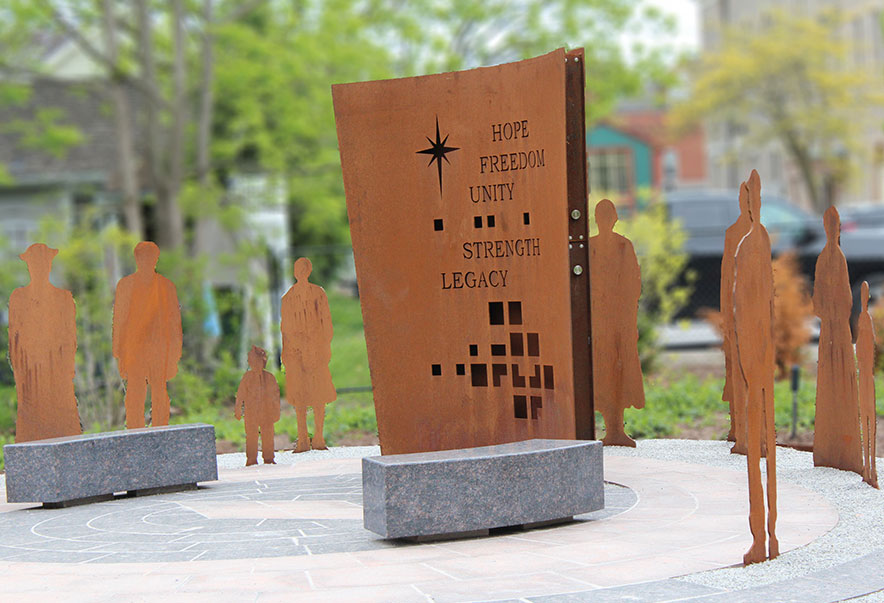
2000s
Waystation to Freedom
Inside the Old Fort Erie Welcome Centre, the Waystation to Freedom display tells the story of Fort Erie as a transit point for the Underground Railway.
Voices of Freedom Memorial
The Town of Niagara-on-the-Lake has set aside a significant site in the heart of the Old Town to understand, celebrate and honour its Black history. The Voices of Freedom memorial is an experiential art installation designed to engage, educate and challenge visitors about this important part of Canadian history.
